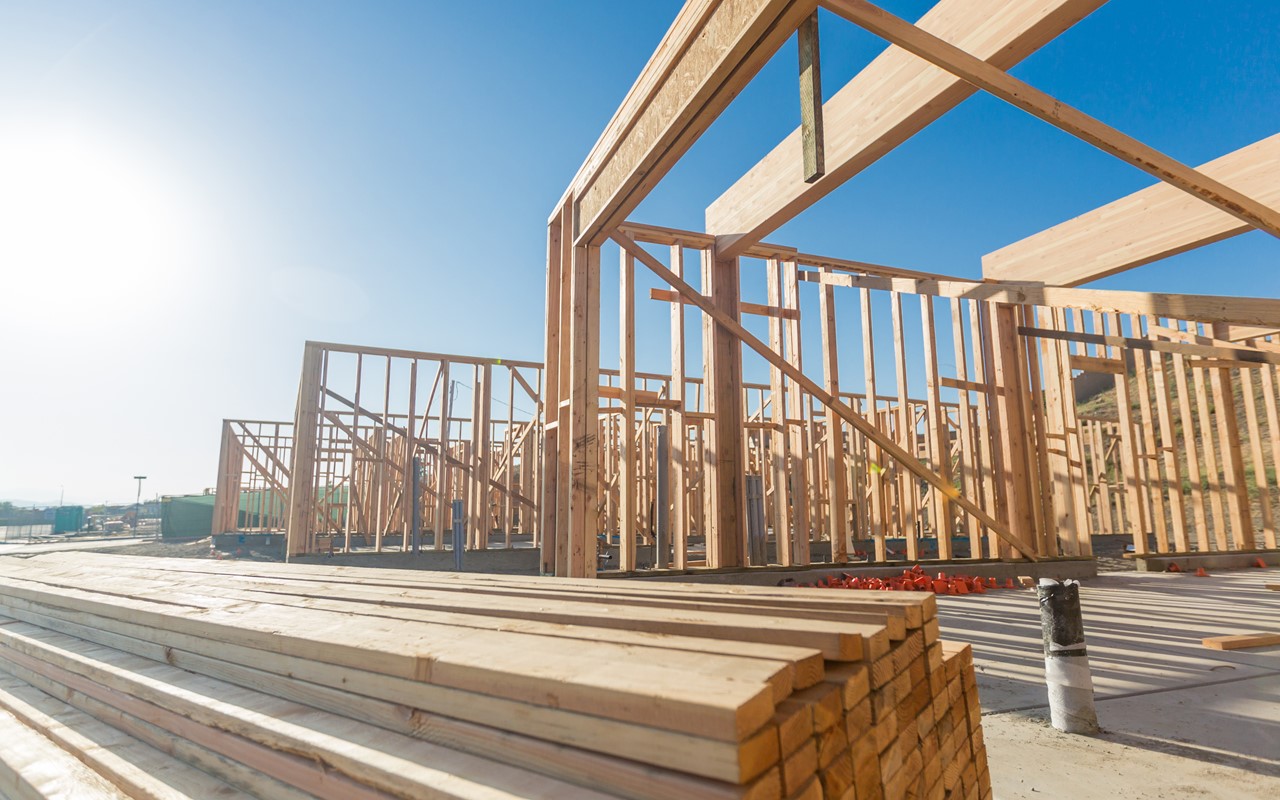Upcoming Insights On Toyota, Kia, And Honda Car Price Increase
Are you in the market for building a new house? Are you building your first one or – maybe – a new one for a vacation house?
Maybe, you are buying a house that’s made entirely of wood frame? Well, I’m glad you’ve come to this place to check out if a wood frame construction will be right up your alley for your new abode.
First, what is a wood frame in construction?
In construction and building houses, wood is the main material used for the framework and foundation. From what you see on the outside, some houses are built from woods, not just the finish, but the skeleton itself. This used to be the main material employed in the past century, thanks in part to its availability before steel and cement came into the picture as the main backbone of the modern infrastructures today.
Although new materials are starting to rule the building construction, wood frames continue to be appropriate. And so here, we’ll enumerate why, including its pros and cons, and help you decide if it’s right up your game.
Pros
Ease of Use
Wood is very flexible. It has the innate versatility that enables you to mold it into whichever shape you need to meet your purpose. Carpenters love to work with them. They are fast, simple, and easy to work with. There’s very minimal equipment needed to get the job done. They are very easy to control, correct impurities, and even improve how they look.
Naturally Available
This one might be intriguing as it will heavily depend on your perspective. Woods are naturally available, but they take some time before they mature and become eligible to be used for wood framing. Some environmentalists may frown upon it as deforestation can lead to some natural calamities. But as long as nature is not getting harmed – as long as the abundance of trees is maintained and kept alive – its natural availability is a plus point.
Great for Insulation
Wood generally – with its porous nature – absorbs heat efficiently than other materials. Hence, it insulates the house at just the right time and right moment.
Maintains good quality of air and traps carbon
Wood has an inherent capability of absorbing carbon. When it’s used as a structure, it just traps inside it the carbon making the air in the house better when it comes to quality.
Cons
While wood is a great material to be used for house construction, it doesn’t come without downsides. So here are the cons that you should keep an eye on.
More Susceptible to Fire
Wood stores carbon. Inside it is a carbon reserve that makes it more reactive to fire when it’s close. But, today, you shouldn’t heavily worry about this one as there are chemical treatments available that carpenters or woodworkers can apply to minimize the risk. So, wood prevails ideal for naturally cold and not warm and humid places, places where the weather dictates a very pleasing cold temperature.
Not Ideal for High-Rise Structures
Working with wood has some structural limitations. It will not be able to support exceedingly high-rise structures. At most, possibly, it can do well with three floors.
Despite its flexibility, it won’t also be able to withstand complex architectural designs. While it’s excellent for a typical boxy house, it will not fare well when complex shapes come into play. For instances as such, you are better off with other materials.
Maintenance
Among the things that you should watch out for is the wood from getting rotten. You need to constantly or regularly watch out for any sign of decay or if pests start to flock around. Ideally, you want to avoid any instance as such. Prevention is always better than cure.


Recent Comments